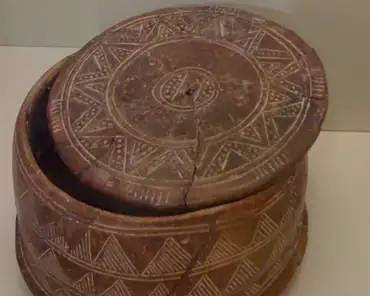
In the pre-palatial period (3200-2000 BC), new groups of settlers bring metal working knowledge to Crete. The first Minoan civilization is born and social…
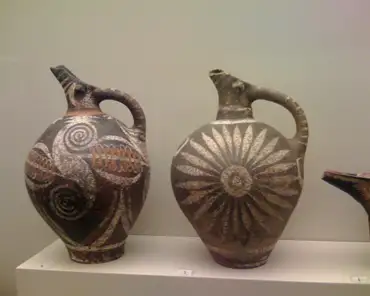
In the old palatial period (2000-1700 BC) the social classes further differientiate and the ruling class starts building palaces. All palaces in Crete are…
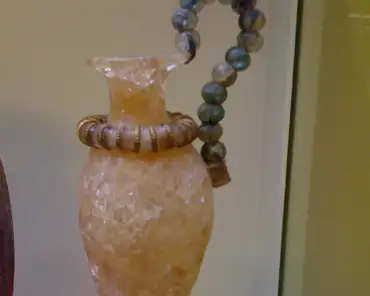
In the new palatial period (1700-1450 BC), the Minoan civilization peaks; the Minoans build larger palaces and trade goods with people outside Crete. They…
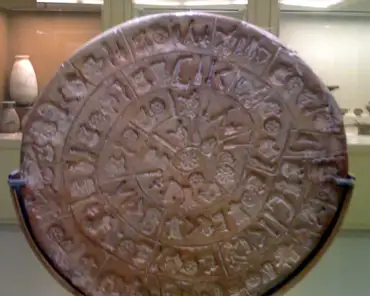
The Phaestos disk is a 15cm-diameter disk of clay with hieroglyphs incised on both sides, spiralling from the rim to the center of the disk. The script has not…
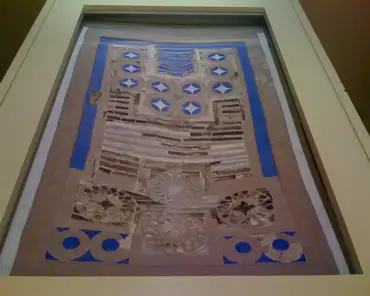
The "chess board", a board for an unknown game, found in Knossos, wooden base, inlays of ivory, rock crystal, glass paste, covered with gold and silver leaf,…
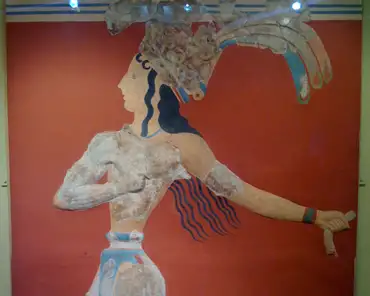
The prince of lillies, a relief fresco part of a larger composition at the south entrance of the Knossos palace, 1600-1500 BC.
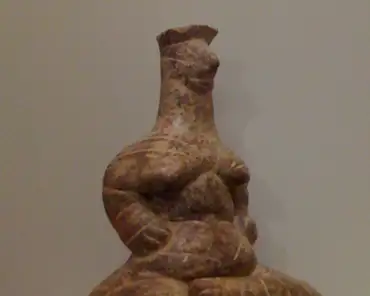
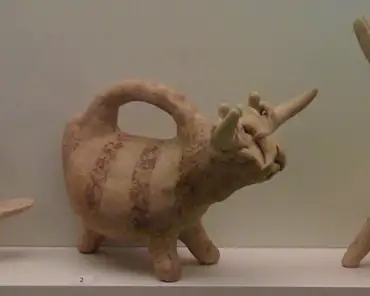
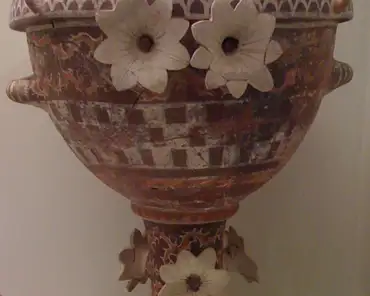
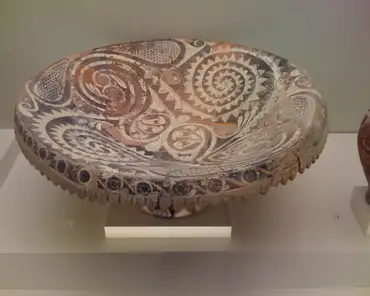
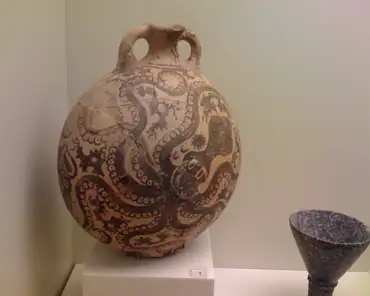
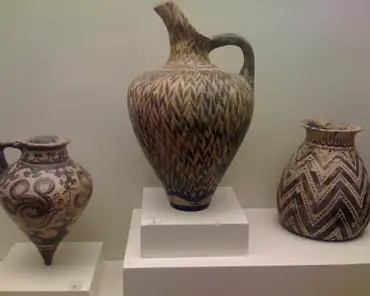
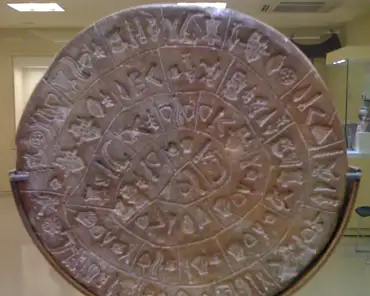
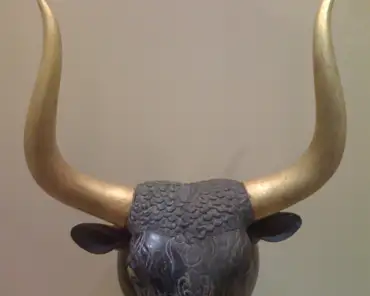
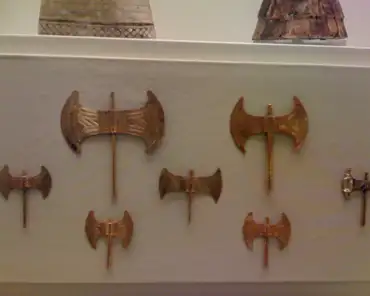
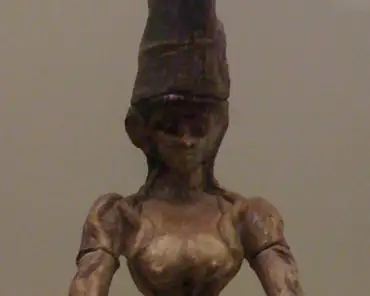
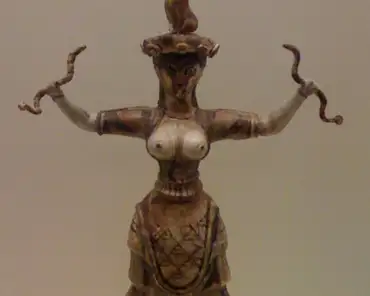
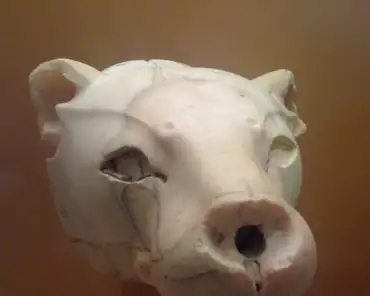
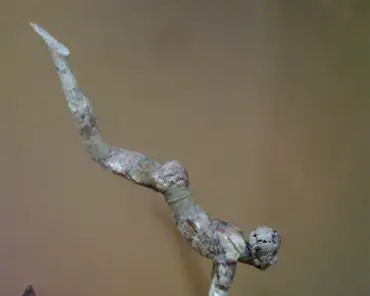
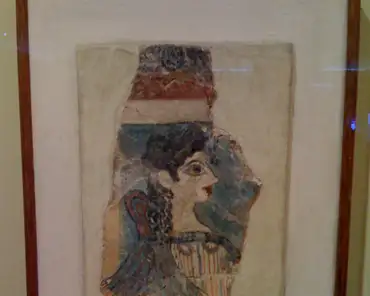
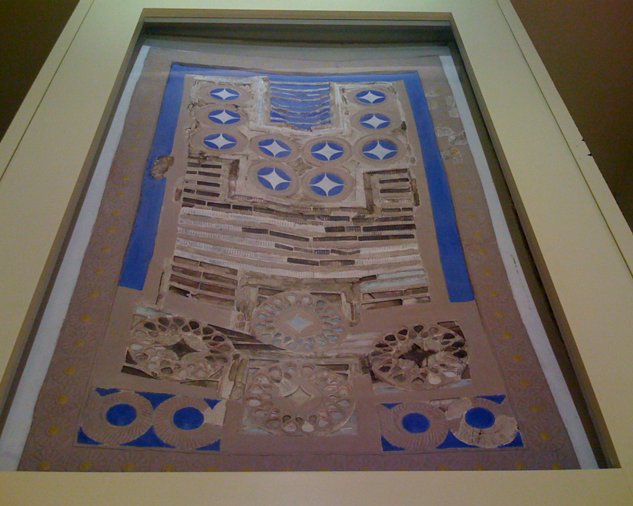
Inhabitants coming from Asia minor settled in Crete with seeds and animals and…